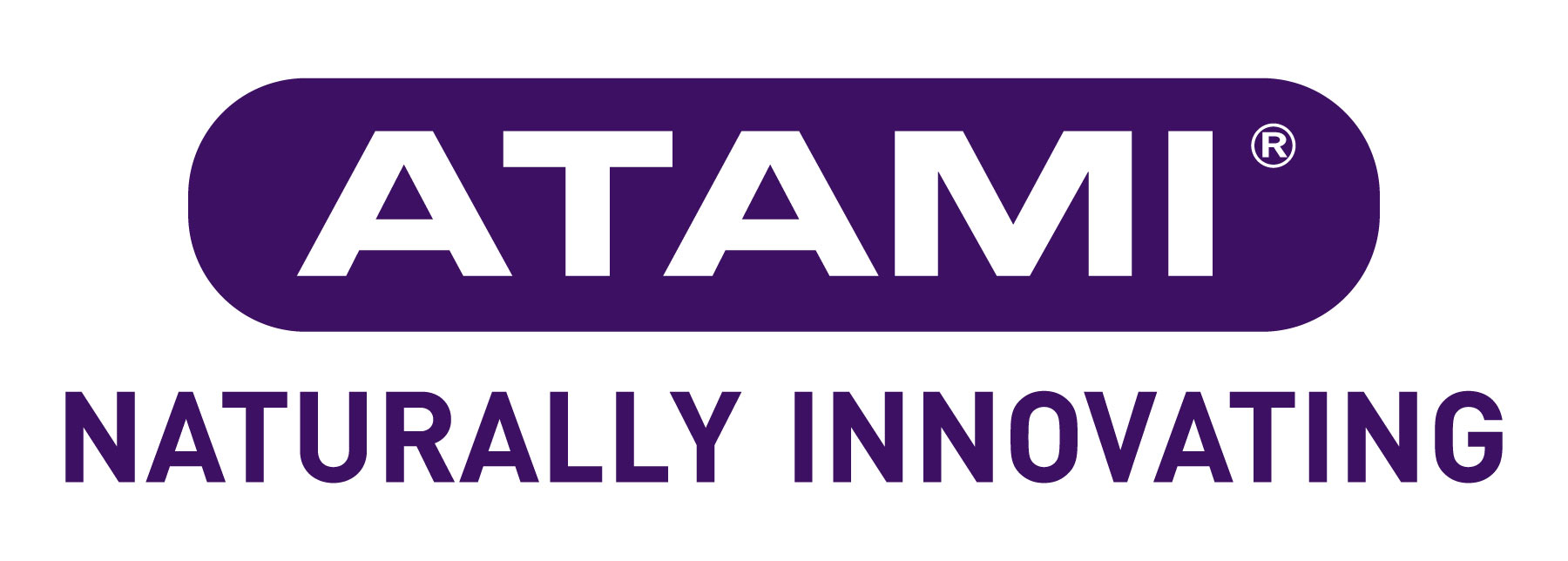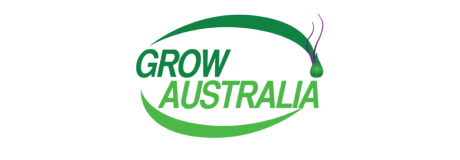Heat Stress: How To Spot & Avoid
Summer is excellent in many ways, but the warmer temperatures can wreak havoc on your plants. It is set to be a record-hot summer, so educating yourself on spotting and avoiding heat stress in plants is essential.
Heat stress happens when plants are exposed to temperatures that are higher than their optimum range. This exposure leads to physiological and biochemical changes that can adversely affect the growth and development of plants. Here are some ways to identify heat stress in plants and some tips on how to prevent it:
Spotting Heat Stress in Plants:
Leaf Curling:
Look for upward or inward curling of leaves, especially in the hottest part of the day.
Leaf Yellowing and Browning:
Yellowing and browning of leaves, particularly at the edges, may indicate heat stress.
Wilting:
Excessive heat can lead to water loss through transpiration, causing plants to wilt, even when soil moisture is sufficient.
Stunted Growth:
Heat stress can inhibit normal growth, resulting in smaller overall plant size.
Flower and Fruit Drop:
High temperatures can affect flower and fruit development, leading to premature drop.
Scorching:
Scorching or burning of leaf margins may occur due to excessive heat.
Early Senescence:
Leaves may show signs of premature aging and senescence under heat stress.
Tips to Avoid Heat Stress in Outdoor Plants:
Mulching:
Apply a layer of organic mulch around the base of plants to conserve soil moisture and regulate soil temperature.
Proper Irrigation:
Water plants deeply and consistently. Early morning or late evening watering is generally more effective than midday watering.
Shade Cloth:
Provide shade during the hottest parts of the day using shade cloth or by planting taller crops to provide natural shade.
Optimal Planting Time:
Plant heat-sensitive crops during cooler periods or choose heat-tolerant varieties.
Soil Amendment:
Improve soil structure and water retention by adding organic matter, such as compost.
Windbreaks:
Install windbreaks to reduce the impact of hot, drying winds on plants.
Proper Pruning:
Prune plants to improve air circulation and reduce heat retention in dense foliage.
Use of Reflective Mulch:
Reflective mulches can help to reduce soil temperature and keep the root zone cooler.
Hydration Management:
Avoid over-fertilizing, as excessive nutrients can increase heat stress. Maintain balanced nutrition to support overall plant health.
Monitor Weather Conditions:
Stay informed about weather forecasts and be prepared to take action during heatwaves.
Tips to Avoid Heat Stress in Indoor Plants:
Managing heat stress in indoor plants, especially those in a hydroponics grow tent involves maintaining optimal environmental conditions. Here are some tips to help avoid heat stress in indoor plants, particularly in hydroponic systems:
Temperature Control:
Maintain the ideal temperature range for your specific plants. For most indoor plants, temperatures between 21-29°C are suitable. Use fans or ventilation systems to regulate the temperature within the grow tent.
Ventilation:
Ensure proper air circulation within the grow tent. Use exhaust fans to remove hot air and bring in fresh, cooler air. Good ventilation helps dissipate heat and prevents the buildup of humidity.
Humidity Management:
Control humidity levels within the recommended range for your plants. High humidity can exacerbate heat stress. A dehumidifier may be necessary in some cases.
LED Grow Lights:
Choose energy-efficient LED grow lights that produce less heat compared to traditional lighting systems. Position lights at the right distance from plants to prevent overheating.
Lighting Schedule:
Adjust the lighting schedule to provide a cooler environment during the hottest part of the day. Consider running lights during the evening or early morning to avoid peak temperatures.
Hydroponic System Maintenance:
Regularly check and maintain your hydroponic system. Ensure that nutrient solution temperatures remain within the recommended range to prevent root stress. Consider using a water chiller to cool the nutrient solution if needed.
Insulation:
Insulate the grow tent to prevent heat from escaping or entering. Reflective materials on the walls can help distribute light more evenly and reduce heat absorption.
Shading:
Use shading materials or light filters to reduce the intensity of direct light on plants. This can help prevent leaf burn and heat stress.
Cooling Systems:
Implement additional cooling systems such as air conditioning or evaporative coolers if necessary. These can be especially beneficial during hot summer months. A water chiller will also work wonders - we have several different sizes available by Hailea.
Remote Monitoring:
Use temperature and humidity monitoring devices to keep track of environmental conditions. TrolMaster systems allow remote monitoring and control.
Watering Schedule:
Adjust the watering schedule to prevent soil or substrate from drying out too quickly. Adequate moisture helps moderate temperature fluctuations around the plant roots.
Training and Pruning:
Properly train and prune plants to ensure good air circulation. This reduces the risk of heat buildup in densely vegetated areas.
By implementing these measures, you can help your plants cope with high temperatures and reduce the risk of heat stress. Keep in mind that different plant species have varying degrees of heat tolerance, so tailor your approach based on the specific needs of the plants in your garden or landscape.










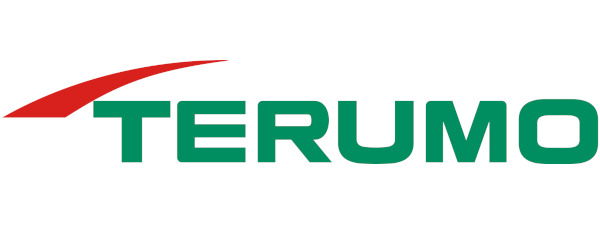

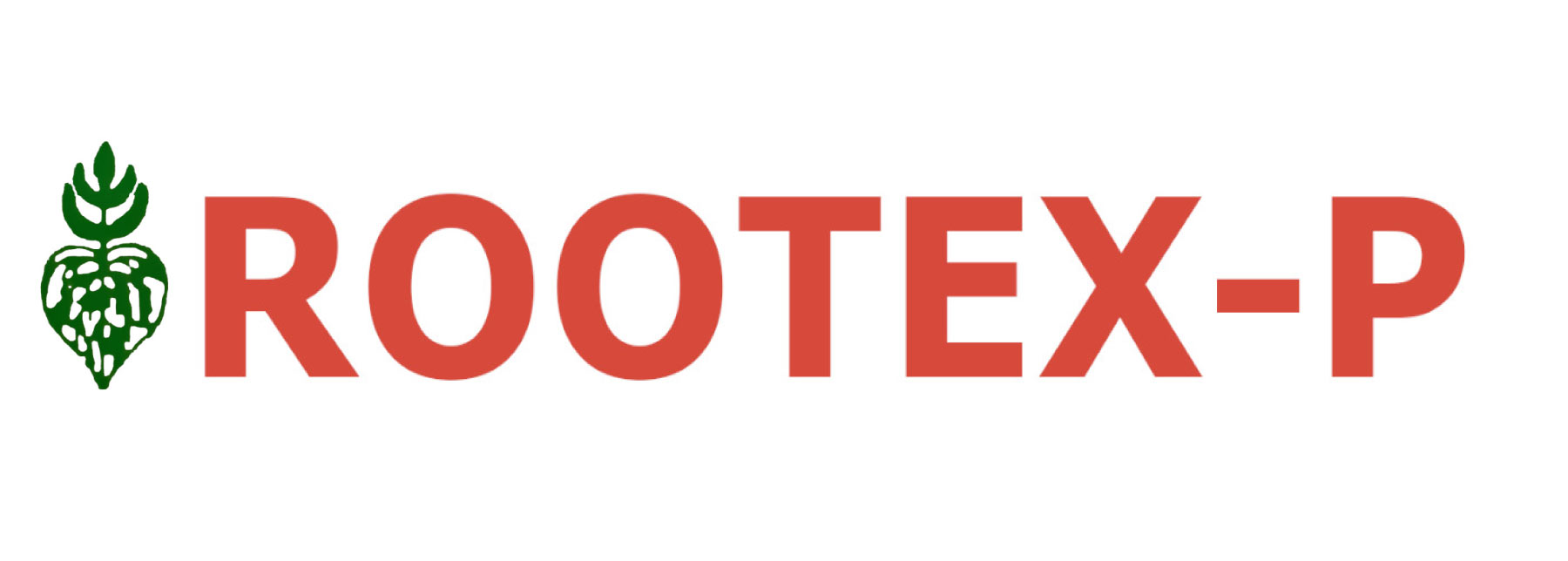























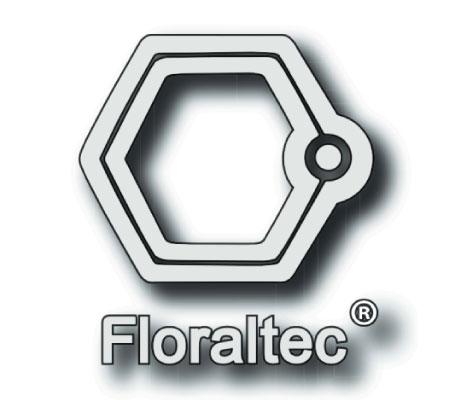

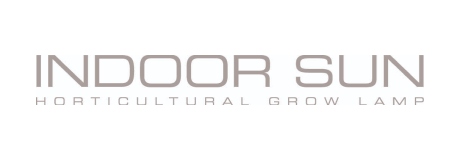




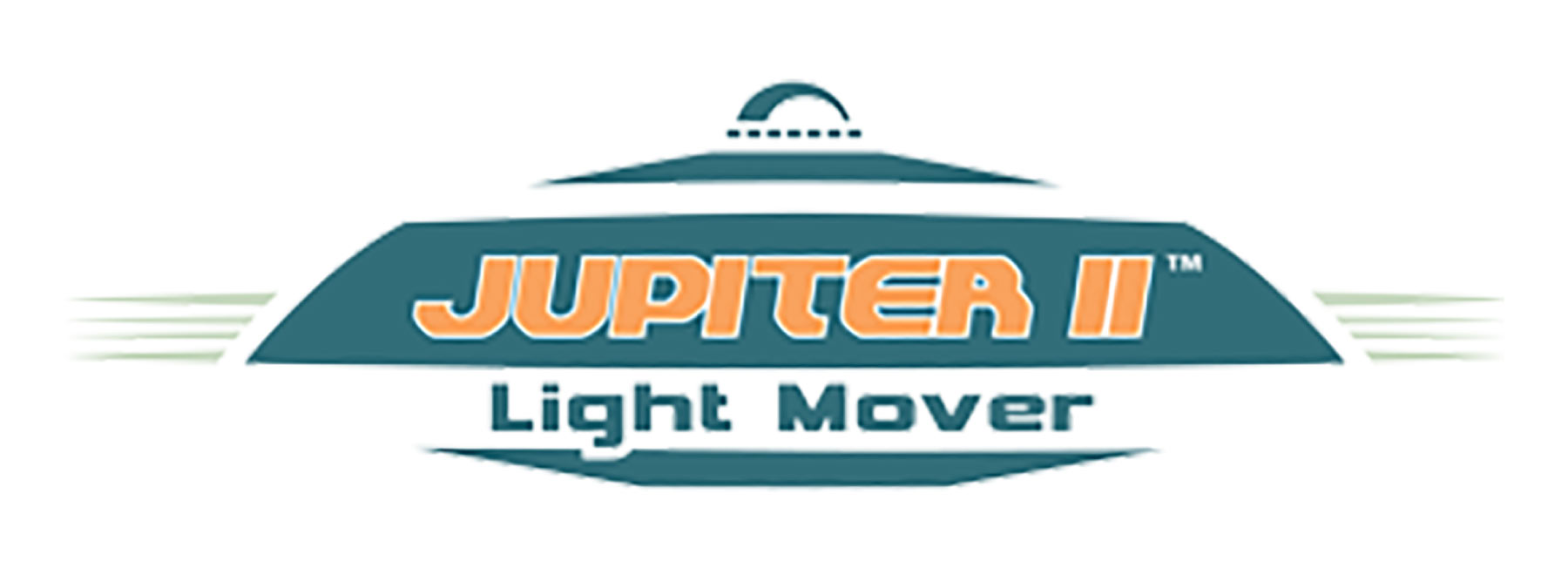







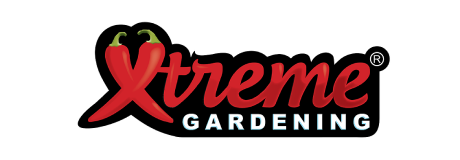





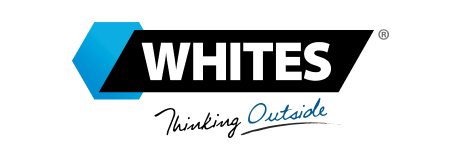





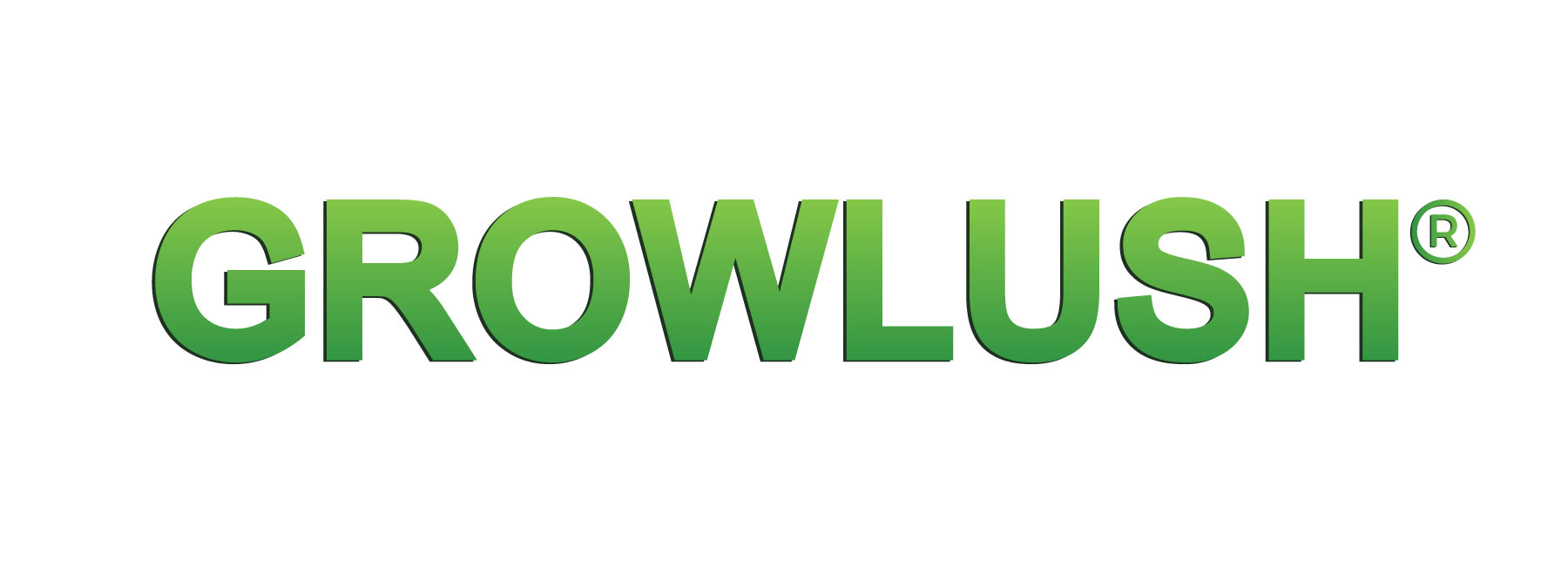
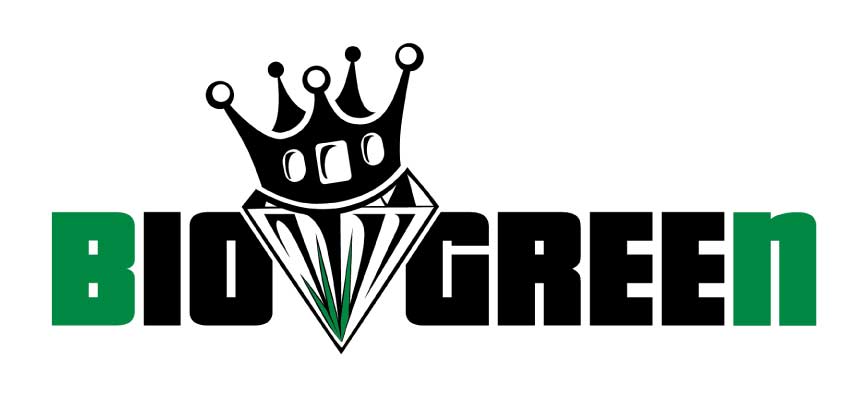





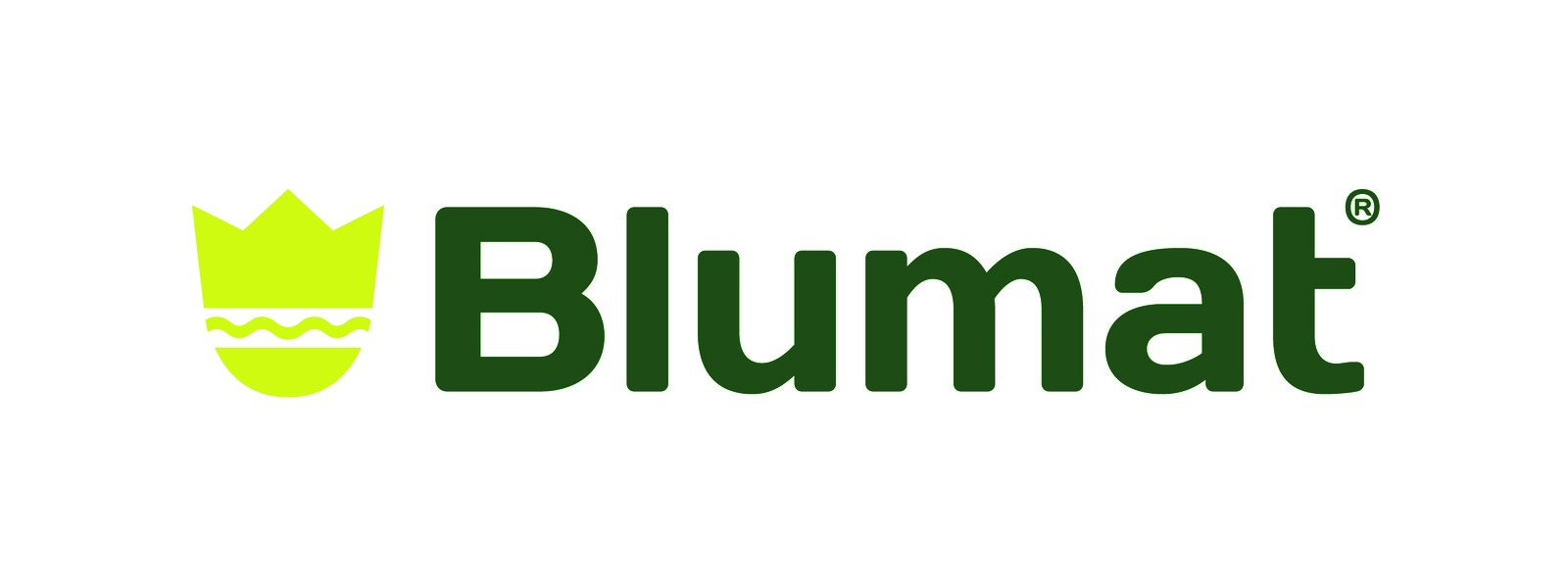





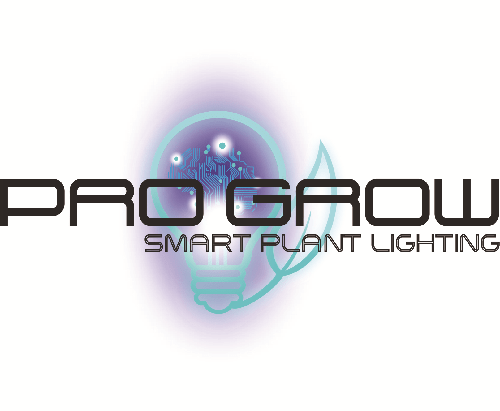


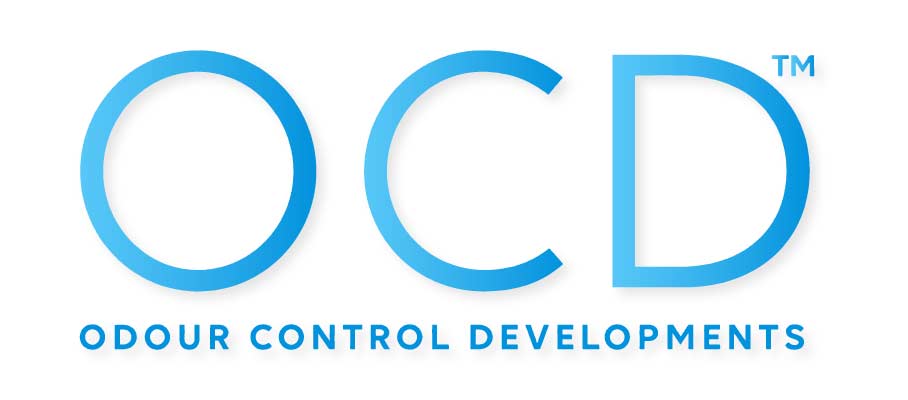

-hyalite.jpg)





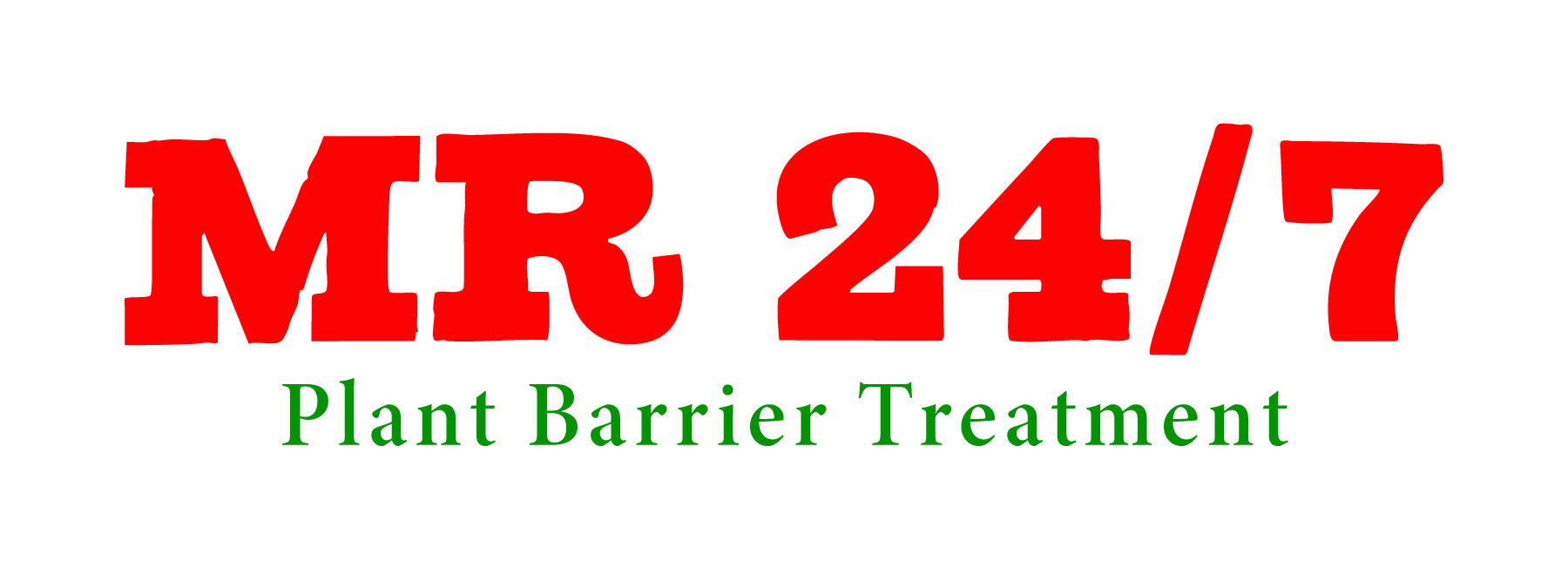
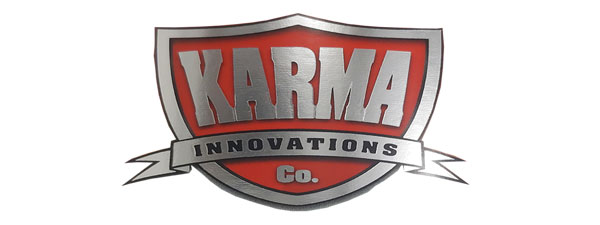




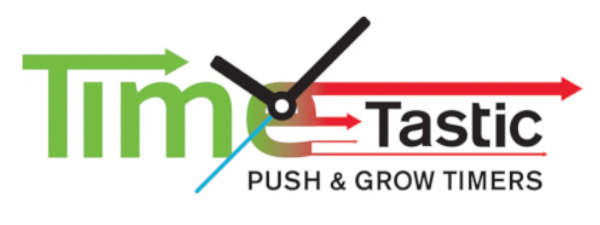




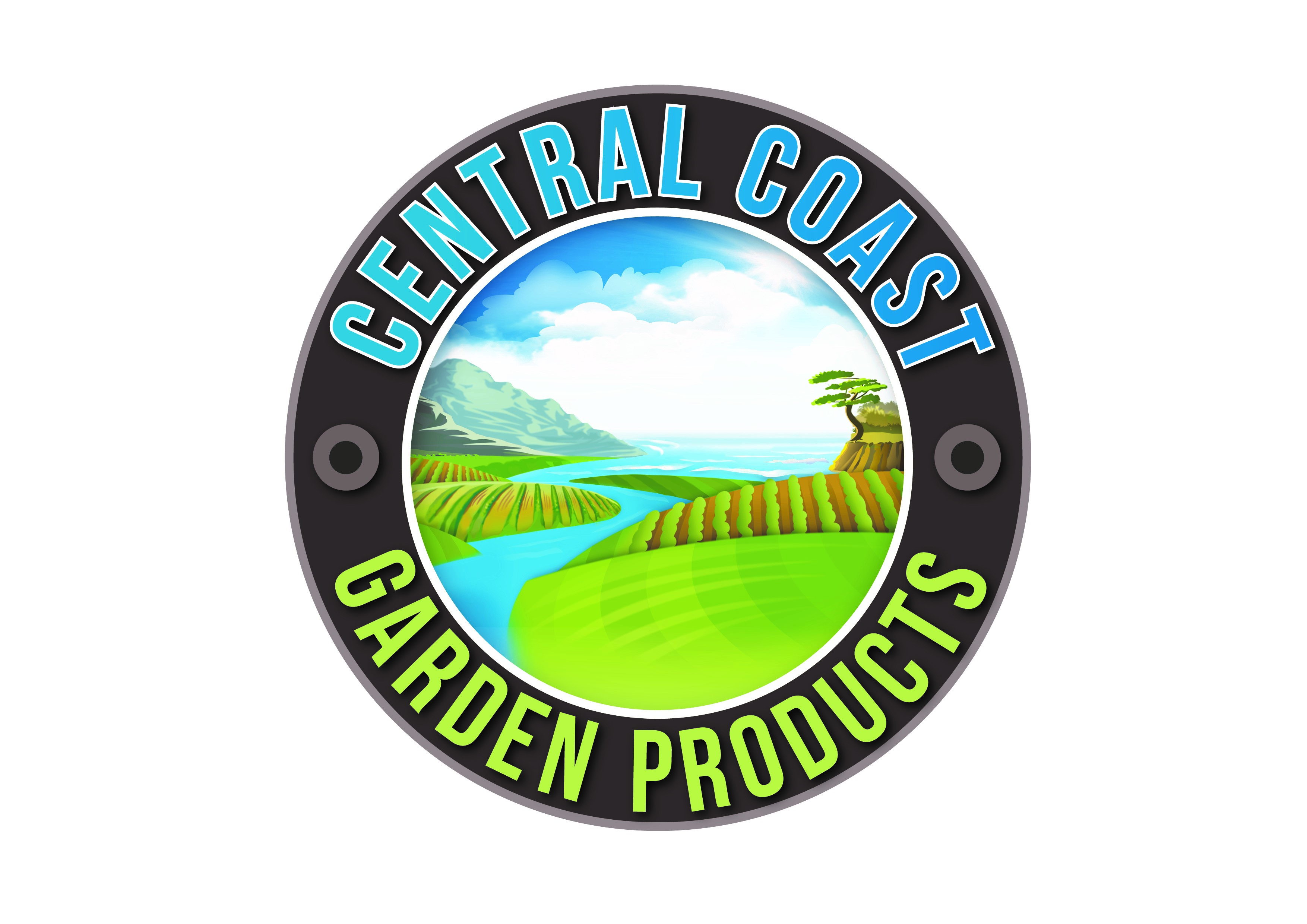















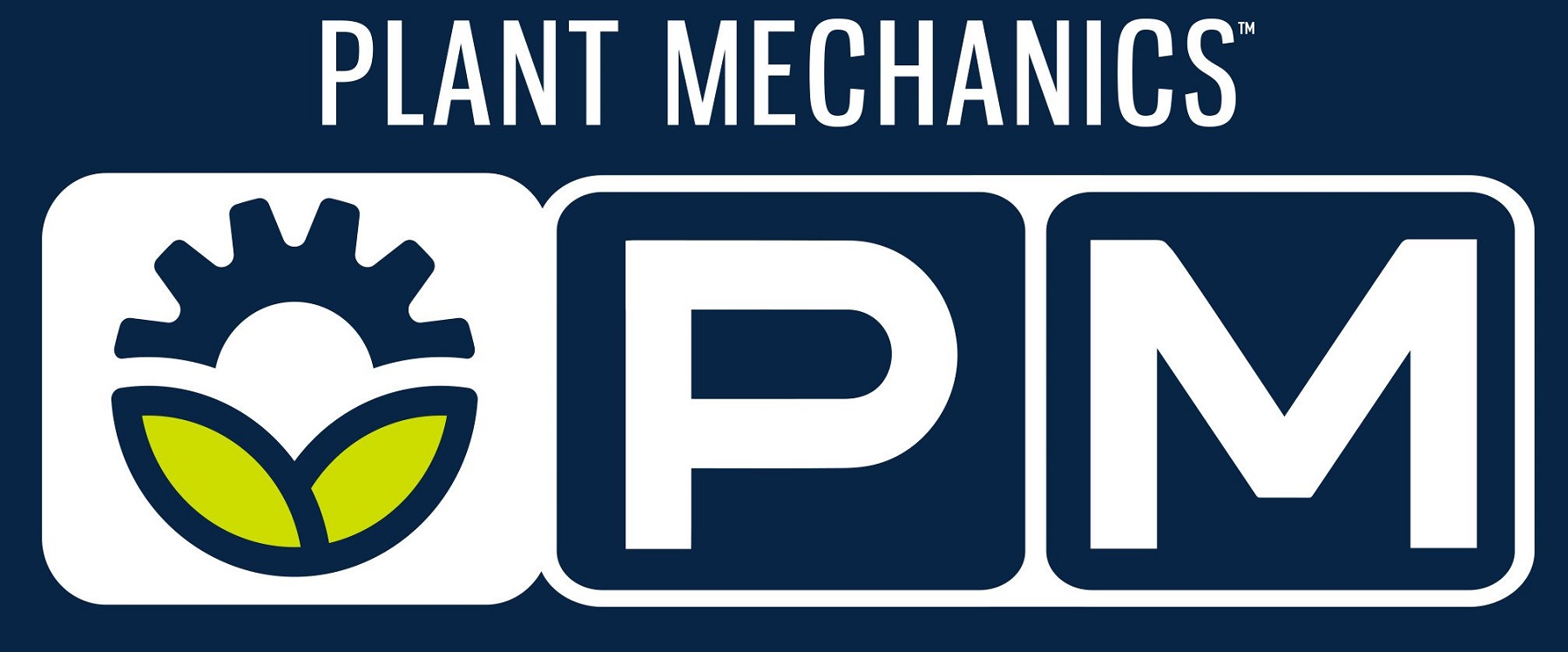














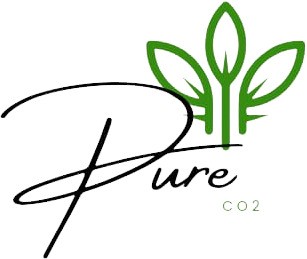







-logo.jpg)



.jpg)
